We live in the 21st century and despite the fact that we rarely realize it, everyday life has changed dramatically since the 20th.
Now you can even call a taxi with a few taps on your mobile phone, buying whatever your appetite craves without leaving the house.
But when we talk about everyday things, most of us end up in the neighborhood supermarket, where we continue to push the cumbersome metal trolleys down the aisles and touch the products checking raw materials and και Prices.
And then we stand reverently in line to pay, as the people of the last century did. Looking for the products of our needs and liking among the 39.500 products that an average supermarket has (FMI.org estimate).

It is at least clear that this will change soon. Experts have been saying for a long time that the supermarket as we have known it for decades will die.
With its profit margins at the limit, high operating costs and outdated marketing methods of its items, the supermarket is nowadays. As Morgan Stanley predicted in 2016 (and was solemnly confirmed), the rise in online supermarket orders deprived the industry of almost 1/3 of its revenue.
And that is obviously the beginning. As everything shows, at some point in the near future, not so far away, the consumer experience in his temple Shopping will change decisively, as a result of the technologies that drastically transform every human action.
From augmented reality solutions and robotic technologies to the ubiquitous Internet of Things with interconnected devices, the supermarket as we knew it and loved it is over!
What will come in its place?

One of the things that big chains are already looking for solutions is the fastest way to pay, so that the queues at the checkouts disappear from our lives once and for all.
Amazon is already doing it at Amazon Go experimental supermarket in Seattle, where it borrows smart technologies from motor vehicles to recognize what products customers put in their carts and automatically debit purchases to their online account. Once you get what you want, you just go through the exit door!
"The more click-and-collect programs improve, the more we will see them being used by more stores and consumers," says David Livingston, a supermarket analyst at DJL Research.
The DJL study even predicts that as such smart technologies evolve, you won't even have to put the products in the cart. You will simply pass the smartphone screen over the products you want and when you finish the purchase, you will receive them from the checkout. Or they will be delivered to your home, whatever you prefer.
And speaking of traditions, Alphabet, its parent company, does a great job here Google, which has long been experimenting with ways to make freight transport cheaper around the world. And this solution includes robots that load the products into motor vehicles and are delivered to the front doors with other robots!
And as in many ways the future is already here, the American chain Kroger has already equipped its stores with smart technologies (QueVision says platform) that improve the consumer experience. These are customer time tracking programs for significant time savings and such new things.
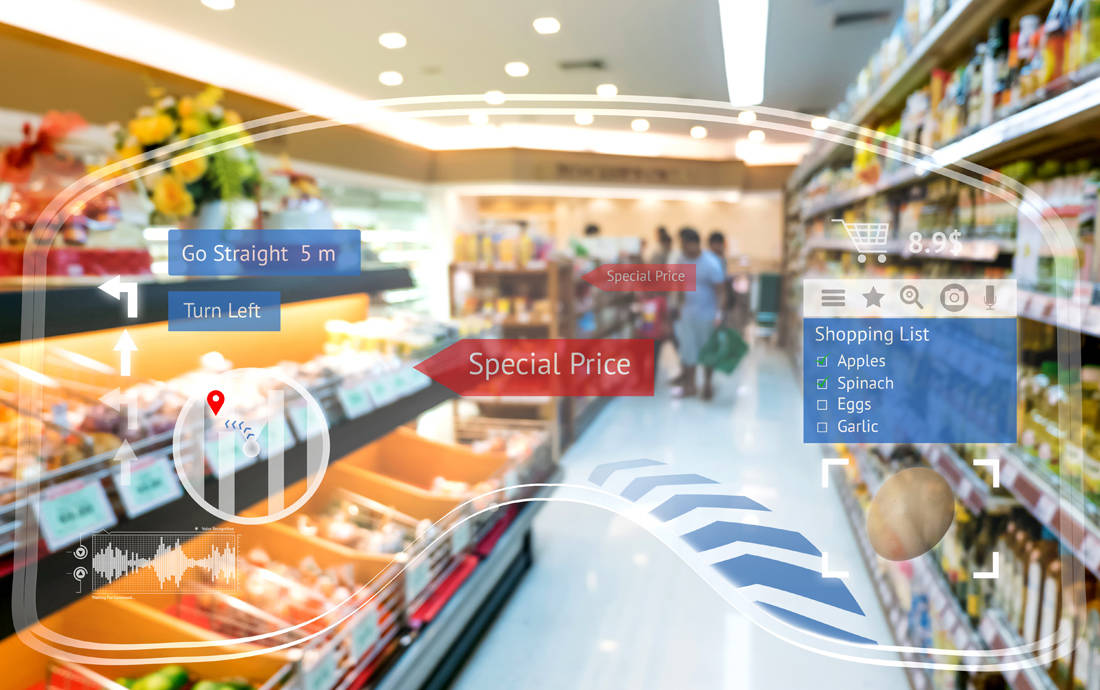
As we speak, supermarket chains have already come up with applications that combine detection technologies, online shopping solutions and face recognition software that read you from the moment you set foot in the store. Such original supermarkets in the US, "smartly" say, not only remember what you bought, but based on the history of your preferences show you offers and suggestions on things that will surely interest you.
Still others employ augmented reality applications, putting the customer on the head of devices like the Microsoft HoloLens, combining real-world data and holographic images in the customer's field of vision.
"When you browse the supermarket corridors of the future, the information will come to the customer, not the other way around," says Jack Uldrich, a supermarket technology consultant. "It will tell you where the food comes from, how many calories it has and what we have on offer this week ".
Uldrich sees the supermarket of the future not just as a shopping mall, but as a social occasion that will bring the community closer together. People will gather there to attend cooking classes, do their gymnastics or just hang out with their neighbors.
"Just as a neighborhood Starbucks is a social experience, a neighborhood supermarket can do just that. I think we will see a lot of experimentation in this area. "

Natural space and digital experience will be grafted into the supermarkets of the future, as the battle of store and internet for the pie of the market will intensify.
Of course, the consumer will always need the basics in his daily life, where the supermarket is in its privileged space. And yet, it is still evolving today, forced by the new conditions.
Experts agree, however, that it is not going to disappear, as it performs a function intertwined with need. It will just change. But it will change a lot. As Gabriele Tubertini, store manager of Coop Italia, the neighbor's largest supermarket chain, says, "Supermarkets will continue to exist in 2050, but will gradually transform into places where people will not only come to shop, but also to meet other people and find relevant information about the products they are looking for ".
FoodNavigator, on the other hand, tells us that the invasion of technology in the industry will be so absolute that even the very way it operates will change. This is also confirmed by Toby Pickard of the consulting IGD, that what is happening now in its supermarkets West have no precedent: "The biggest trend of all for 2019 is the continuation of the rapid and radical change of the supermarket sector."
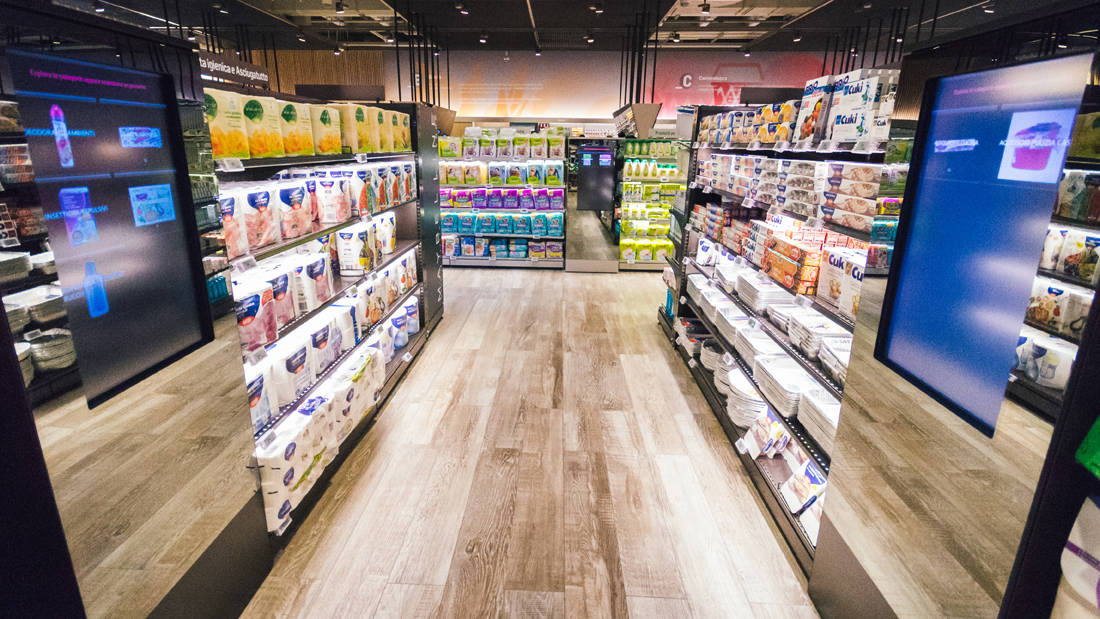
He claims that the change in consumer expectations also contributes to this. Waiting in line was inevitable 20 years ago, but today it is forbidden. That is why the electronic supermarket is constantly gaining ground.
According to the IGD report, the 10 largest and global online supermarket chains (with 4 of them being in England, France, Germany and Spain) currently generate turnovers of around € 200 billion, an annual increase of 20% . A growth rate that is expected to be undiminished until 2023.
And at a time when online shopping is improving even more with technology artificial intelligence, supermarkets have to make leaps and bounds to cover their initial disadvantage in relation to the internet.
That is why the trend chosen by most analysts has to do with the digitization of the experience in the physical store. Which will be forced to offer more and more effective electronic experiences in its structures.
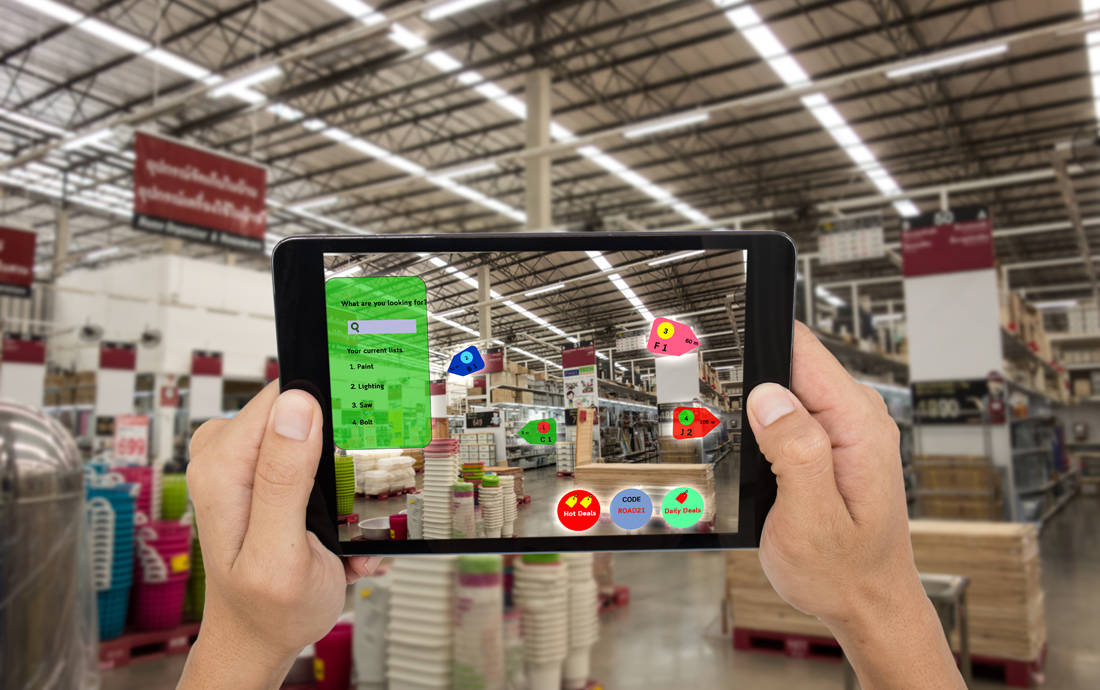
In other words, it should become easier for the consumer to find, compare and buy his products. Many stores have already gone through the useless walks in the corridors to find what you are looking for through mobile applications that direct you inside the store.
Still others have integrated touch screens in the strollers so that you do not even need a smartphone to navigate easily and quickly in the corridors and shelves. As Tomra supplier Bjorn Thumas tells us, the sensors on the shelves and in the baskets to automatically identify the products you are shopping for and to charge your e-bill are the only way for supermarkets to stay in the market.
However, many analysts believe that the physical store is superior to the consumer experience online space and call on supermarkets to take advantage of their superiority.
A good example here is the premium Italian brand Il Viaggiator Goloso, whose products you will find on the shelves with touch screens so you can see the online reviews and the opinion of the people.
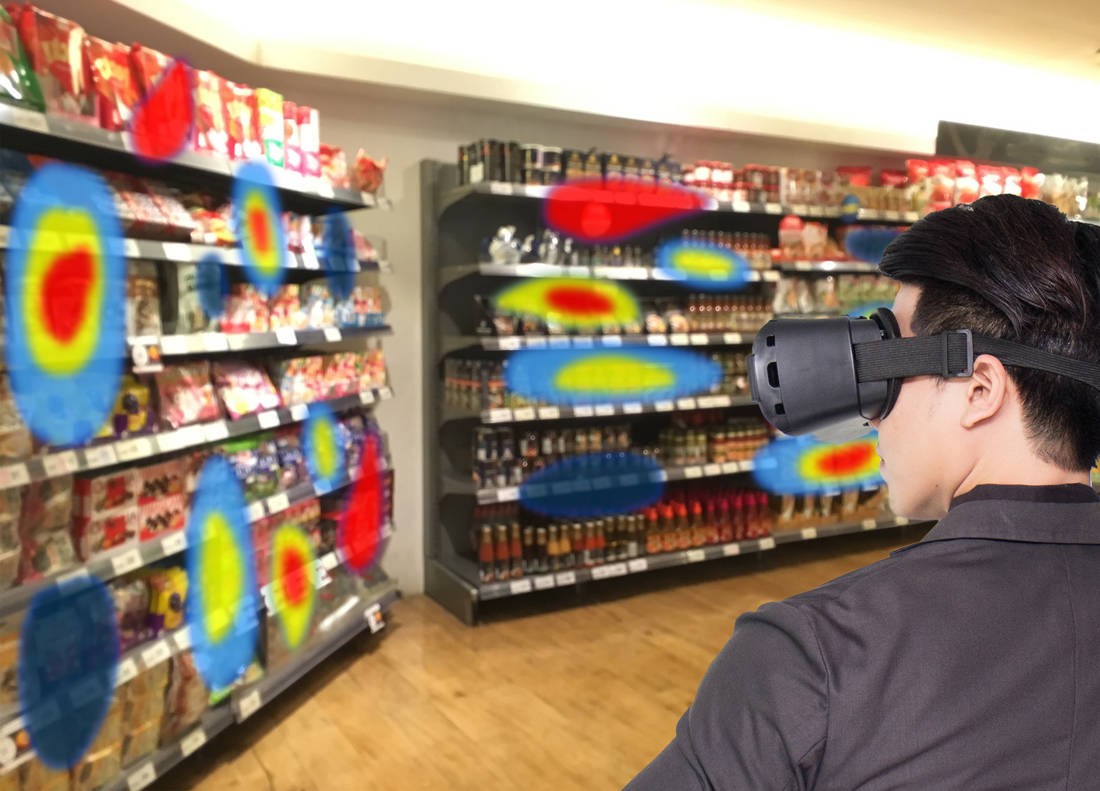
It is clear that the battle will be given to the individual customer experience. A store that recognizes you and reminds you of your shopping and preferences is definitely a good start. But it also rewards you in the end not with points in general, but with discounts on the things you care about and buy.
Something that is already being done with algorithms that predict the consumer behavior of the loyal customer and scam personalized programs not only for its convenience, but also for its better reward.
This will undoubtedly make the smart supermarket that comes at full speed, understand how, when, why and what its customers buy and make quick and effective decisions for their own good. Where "good" of course the double good customer and business, alas.
American chain is already doing it through artificial intelligence and machine learning algorithms, even shaping in-store routes for faster market completion. And at the same time creating product combinations in order to maximize the reward program of each consumer.
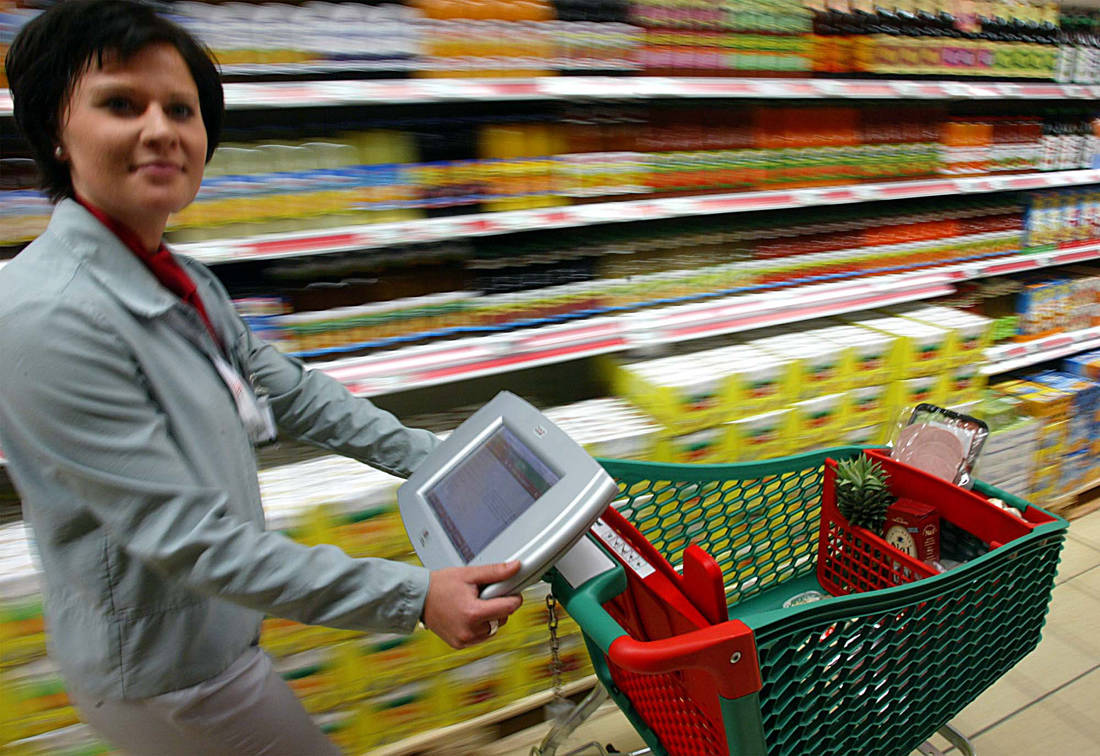
As most predict, another trend that will soon emerge is the so-called "social trade". That is, how can every moment become an opportunity for consumption. EasyJet has already done so, allowing its users Instagram to find and book travel destinations by simply clicking on a photo they saw on social media.
Supermarkets are already taking a sneak peek at this brand new marketing trend and it is more than certain that they will not let it go awry. Shopping will not just be easier and more immediate, but you will not even feel like you are buying something right now.
In all, supermarkets will improve their supply chain, with the Internet of Things now a major helper. A production line that knows what is coming from the field at all times and what needs are in the stores in real time will undoubtedly deliver better services and fresher products.
The need for fresh produce and the pressure for greener production methods will surely be reflected in the supermarkets of the future. And now it is easy through live data feeds.
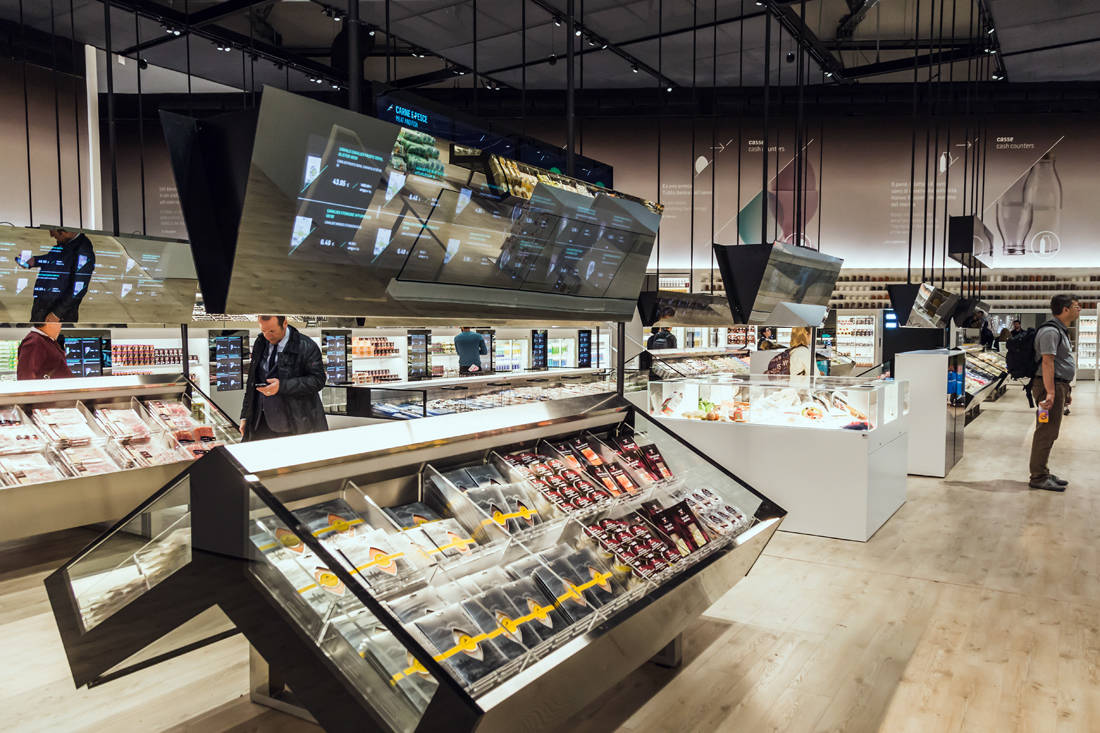
A pilot store of Coop in Milan, "supermarket of the future" is typically called, showing since 2016 to its customers where and how its products were produced, among others. What else? Interactive screens, smart shelves and a personalized customer experience that makes you talk.
A real revolution here that proudly shows the future. It is also an idea of MIT technology laboratory, which changes even the categorization of items on the shelves. Here they are grouped according to the materials they contain. The grapes, let's say, you will find them next to the wines and the tomatoes next to the pulps.
When you pick up a product in the interactive mirror that runs through the shelf, so is it Microsoft Kinect as the motion sensor recognizes it and the screen displays everything you need to know about it: the nutritional properties, the price, the pesticides used in its production, and even how much the process from sowing to the environment polluted and transport it to the store!
"If you want, you can still buy an apple in 1 second. But if you have another 5 seconds, you can learn more about it. In fact, if you have 15 seconds, you can see a video from the orchard where he grew up ", says Carlo Ratti, director of the Senseable City Lab of MIT.
But its stores also do it Carrefour and Auchan in Europe, giving the customer access to detailed databases from manufacturers and manufacturers to suppliers and traders. People want transparency and conscience and that is what they get.
"We can now trace the journey of a chicken from hatching to its stores, going through the stages of rearing, feeding, caring and even slaughtering it," says Alexandre Bompard, Carrefour CEO.
Indeed, the future holds pleasant surprises…
